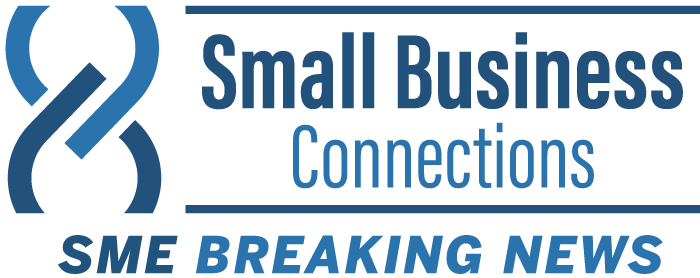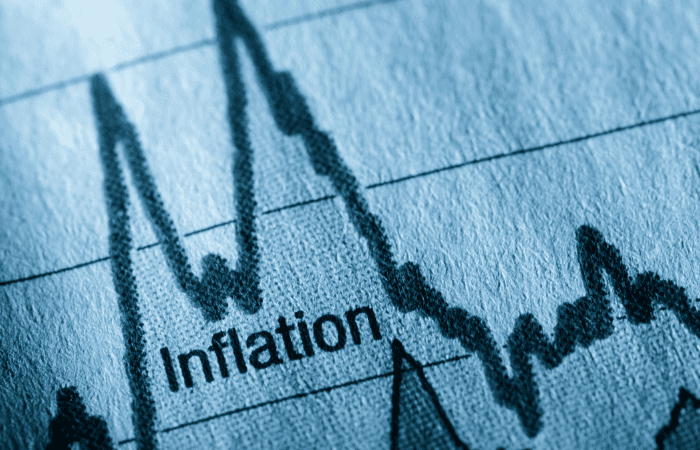Inflation, as Prime Minister Anthony Albanese has said, is “a tax on the poor”.
The great budget challenge for him and Treasurer Jim Chalmers has been to deliver help to Australians struggling with cost-of-living pressures without adding to inflation.
So has the government achieved that aim? While it’s too soon to be certain, given the vagaries that have beset economic forecasting in recent years, in my view the measures announced do not add to the prospect of the Reserve Bank of Australia raising interest rates further.
The RBA’s latest forecasts, published last week after it raised rates for the 11th time in 12 months, now assume no further rate rises will be needed for inflation to fall back to the central bank’s 2-3% target range by mid-2025. (RBA Governor Lowe has said taking this length of time is better than forcing inflation down quicker at the expense of job losses.)
This suggests the RBA will only raise interest rates in June or July if there’s new evidence that inflation is staying higher than expected.

How the budget may change the RBA’s view
The only price rises resulting from the budget are higher prices for smokers, with the tobacco excise to be increased by 5% a year over three years.
To avoid adding to inflation, the government has focused on budget measures that directly reduce costs of essential goods and services for those on lower incomes, notably household energy bills (some households will save $500 a year) and medical expenses (increasing bulk-billing incentives and reducing the cost of some medicines).
Treasury estimates these measures will directly reduce inflation by 0.75 of a percentage point in 2023–24.
What matters most is how they affect the Consumer Price Index’s “trimmed mean” measure of underlying inflation. This excludes the 15% of prices that climb the most and the 15% of prices that climb the least (or fall). The RBA often pays more attention to the trimmed mean than the headline CPI figure because it is less influenced by temporary factors.
Energy and medical prices may end up among the prices that fall and thus get excluded from the measure. So the trimmed mean measure may be less reduced than the headline number.
On a more positive note, the high profile of these price reductions may contribute more to moderating inflationary expectations. Because inflation, as Lowe has indicated with all his warnings about stagflation, is a lot about psychology.

What about those payments?
Households receiving higher support payments such as unemployment benefits, single parenting payment, youth allowance and rental assistance will have more money to spend.
But not much, and the measures are tightly targeted to those most in need. This contrasts with the cost-of-living relief measures of the previous government, whose temporary cuts to petrol excise and so-called “low and medium tax offset” provided greater benefits to the affluent.
Treasury expects these measures to only add modestly to aggregate demand. Total household spending is forecast to grow by 1.5% in 2023–24. This will not be a significant source of inflationary pressure.
The budget papers’ forecast for inflation by June 2024 is 3.25%, slightly less than the RBA’s forecast of 3.5%. The forecast by June 2025 is 2.75%, compared to the RBA’s 3%.
It remains to be seen if the RBA’s next set of forecasts will be closer to those of Treasury. These will be published in August, though the the bank may be guided by them before then.
If they are, then further rate rises will be less likely.
Source: The Conversation







